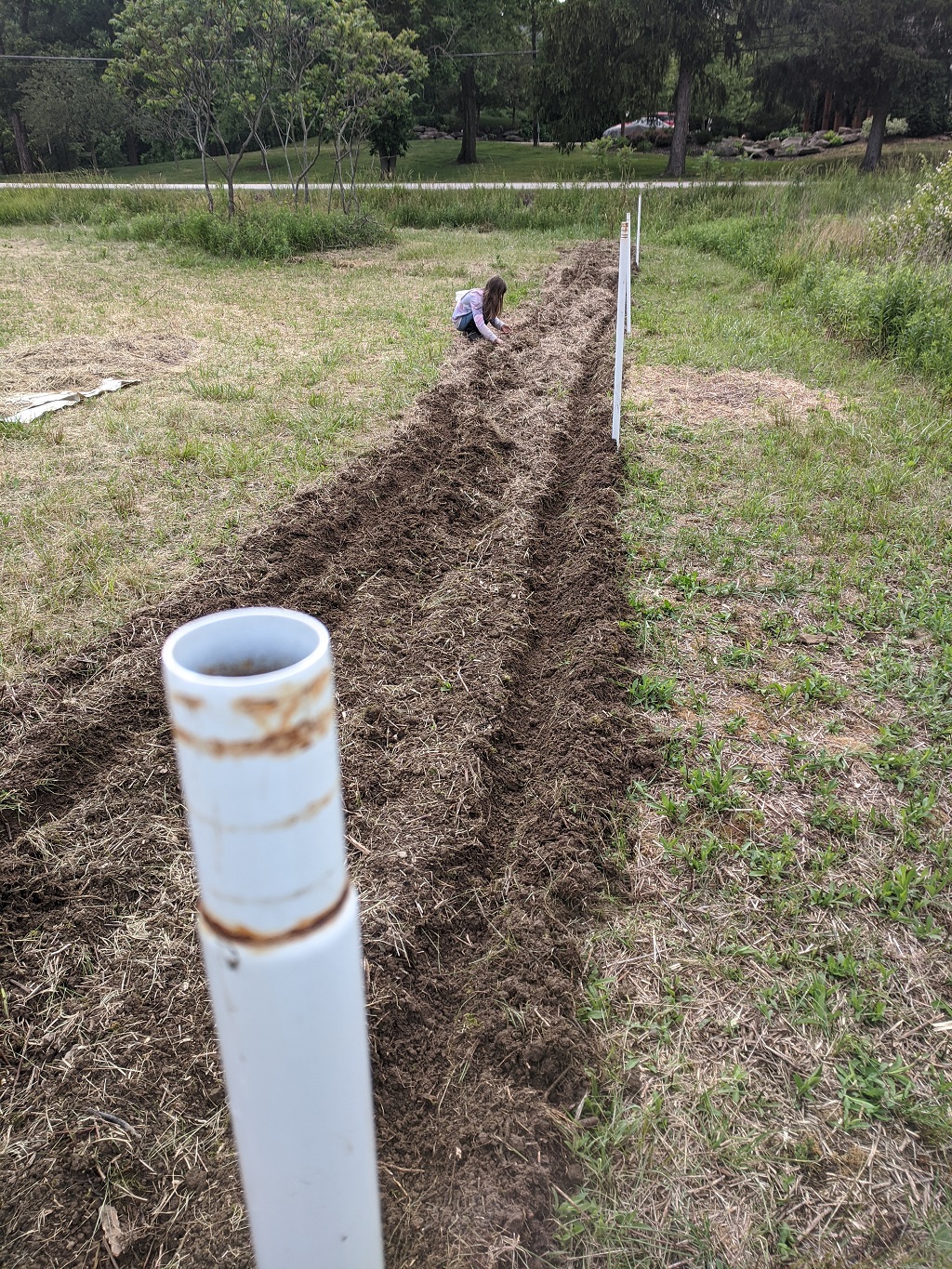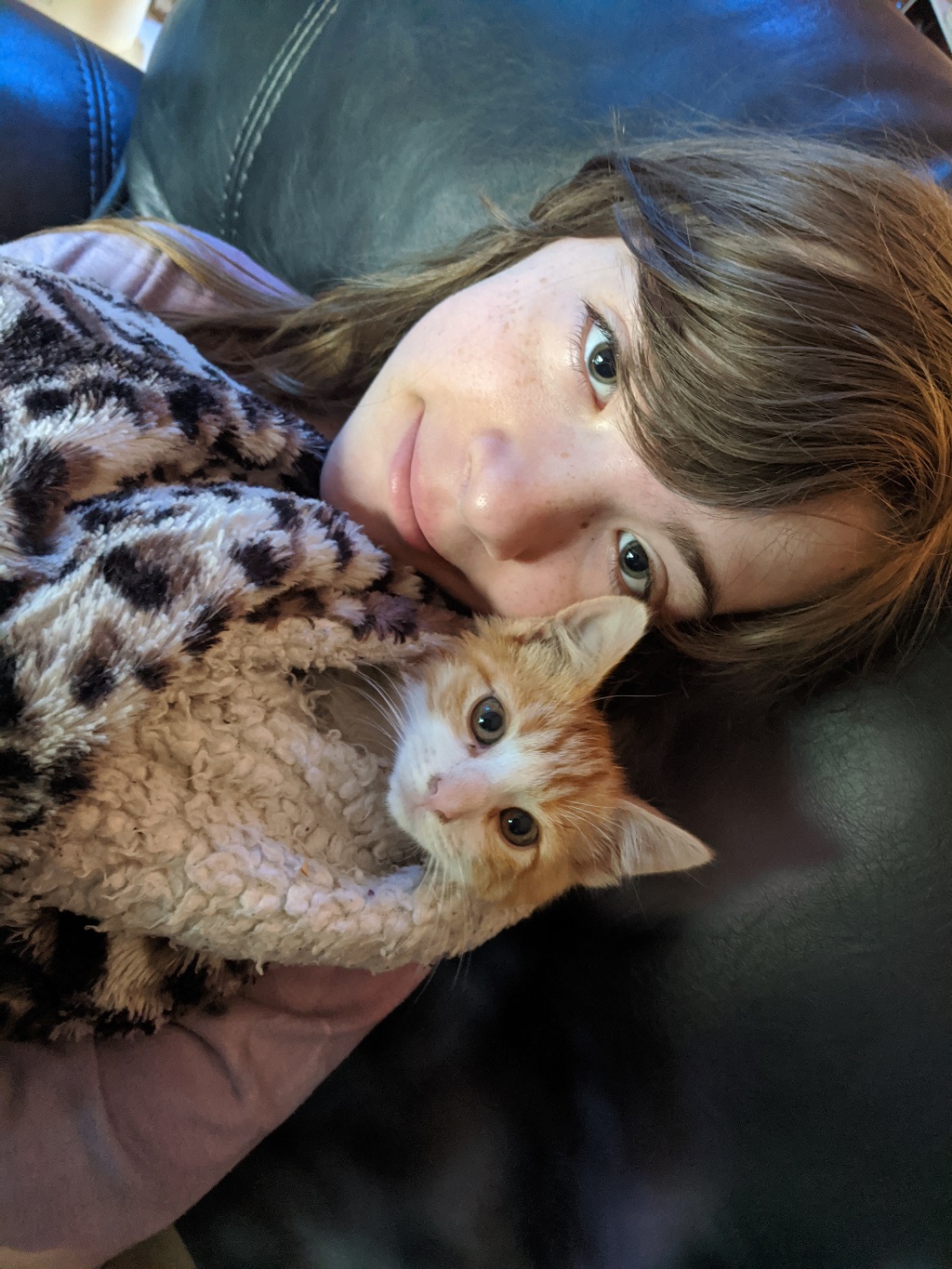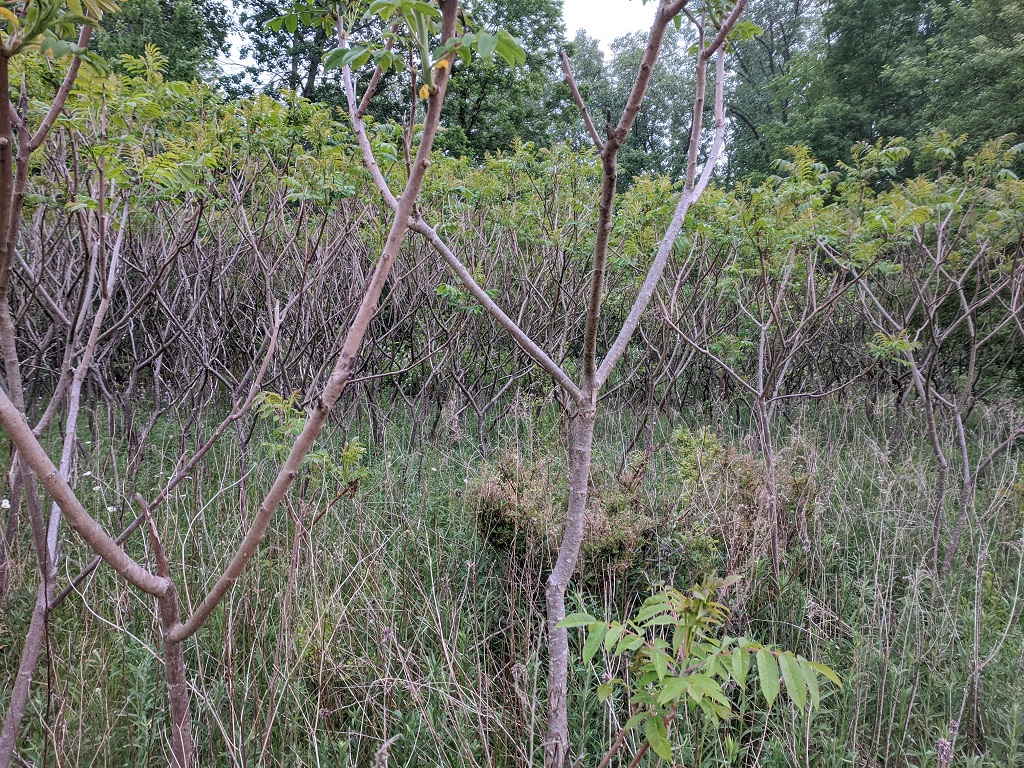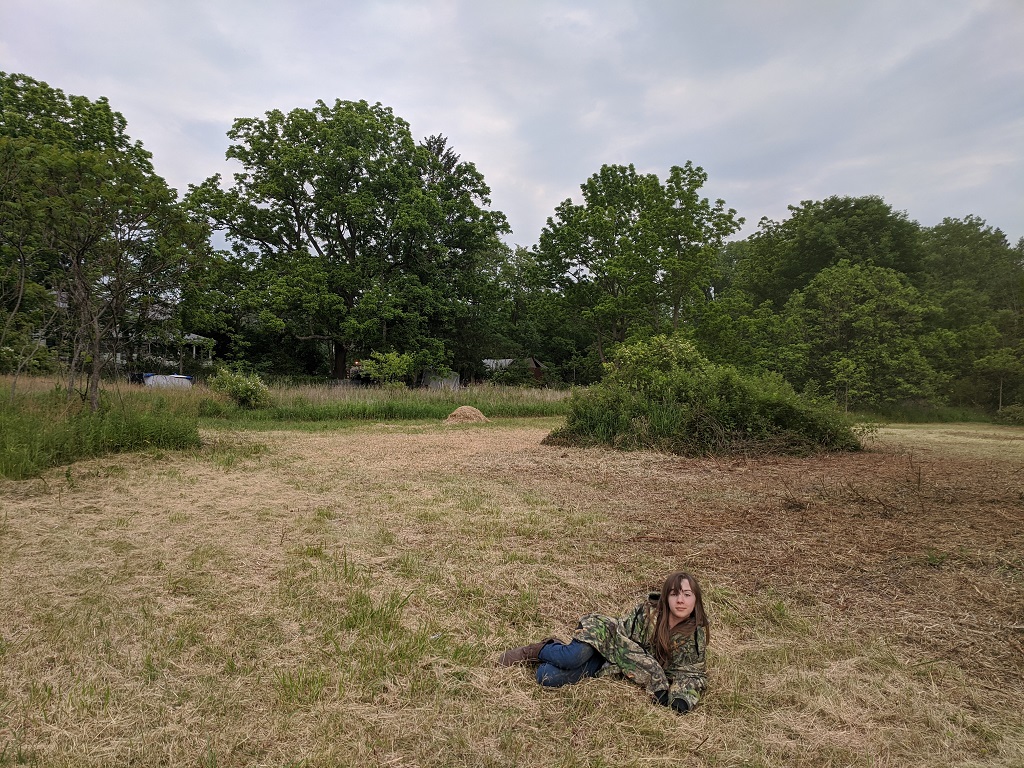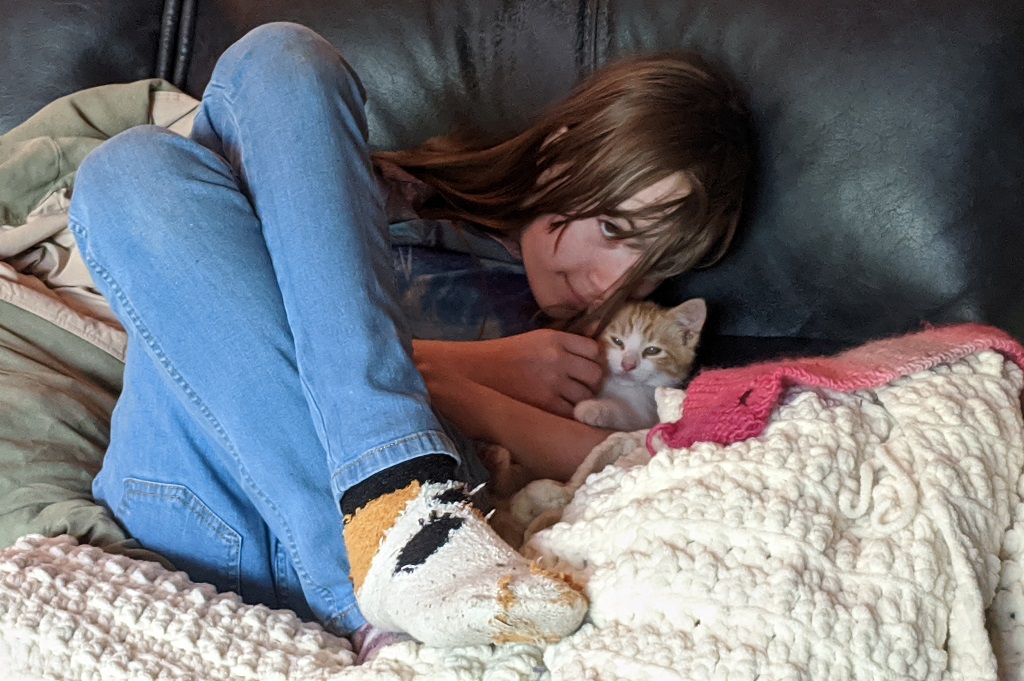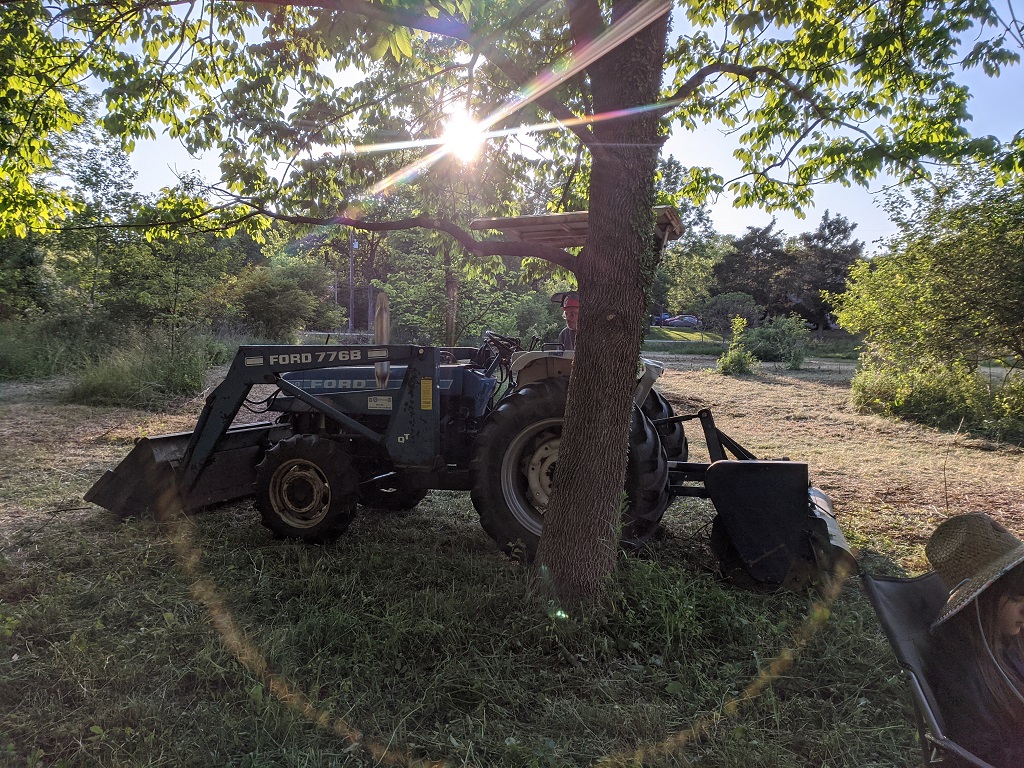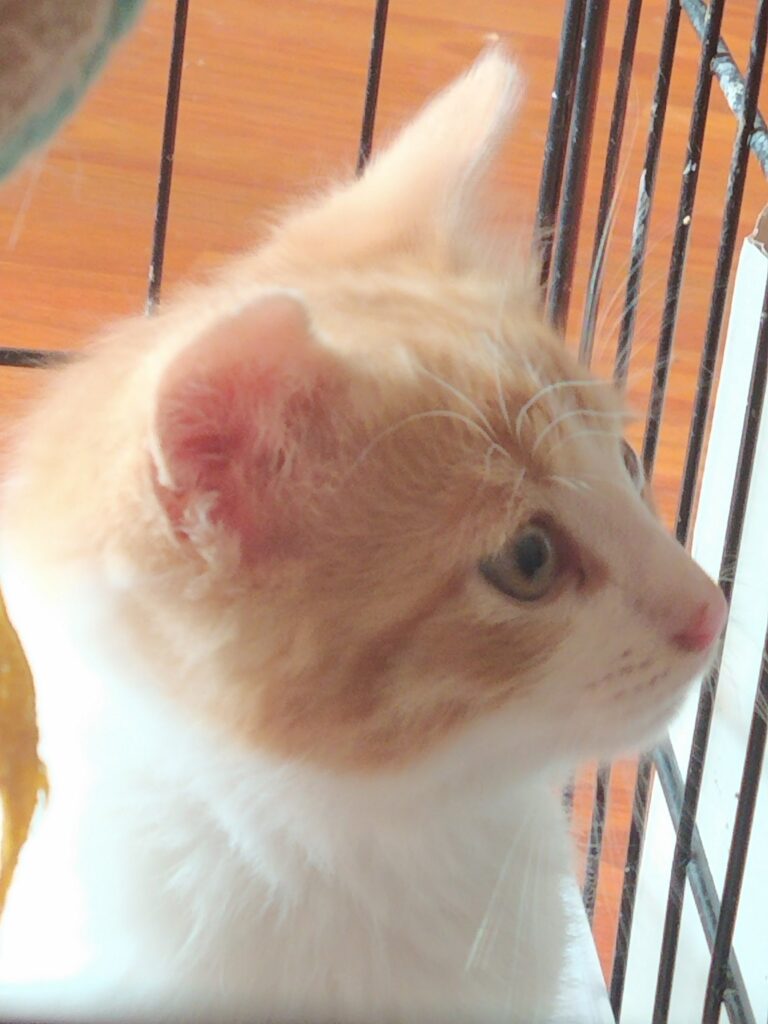Today was the first day our two older kittens got to play outside. They were cautious at first; but, by the evening, they were running across the back patio chasing each other and playing in the grass. When Anya went to bed, they ran up to the patio outside of her room, and they came right inside when she opened the door.
Category: Homesteading
Heirloom Planting
We started our three sisters planting today — about 660 sq ft of tilled soil. I found an open pollinated SH2 corn developed by Kultursaatin in Germany, which we planted today. Anya interspersed the field with Rouge Vif D’Etampes pumpkins. In about two weeks, we’ll add scarlet runner beans. Even if we don’t produce enough to sell this year, we’ll grow enough seeds to expand the garden area this year.
More Kitten Snuggles
Sumac Forest
Pasture Progress
Kitten Snuggles
Tractor and Sunset
Got ’em
We finally saw the new kittens, well kitten, on the back patio. Anya put a trap out, and the curious little one walked right in. She put another trap out, and we caught the mommy cat too! We’ll get her into the vet shortly, and the barn cats won’t sprout more kittens. We decided his birthday is April 25, 2023.
Turkey Hatchlings v/s Turkeys in the Mail
The first time we bought baby poultry, we picked them up from a local(ish) hatchery. The chicks hatched overnight, were sorted in the morning, and we picked them up in the afternoon. Happy, healthy chicks. The second time, the hatchery was halfway across the country but offered overnight shipping. That’s not a cheap option, but the birds were still happy and healthy when they arrived. Then we wanted to raise turkeys.
We ordered from a well known hatchery, and the only option was “shipping”. They shipped once a week. And USPS shipping was amazingly slow. So very slow. The USPS employee at the local central depot rang us on Saturday morning to see if we could come pick the birds up because he didn’t think they would survive until they were delivered on what would probably be Tuesday. We did, but only one of the birds survived even though we spent the weekend nursing sick birds.
Last year, we tried again — ordered from another well known hatchery. I couldn’t find a hatchery that offered overnight or two-day shipping. But I was able to find one willing to let me pay a little extra to have additional food added to the shipping box. The chicks arrived, but they were still not super spry.
This year, we hatched our first turkey poults. It’s amazing how much easier it is to get them eating and drinking when you start at day zero! The little guys spent about 12 hours in the incubator drying off, then they spent another 12+ hours sleeping under the heater. Then they were hopping around, investigating everything, and being birds. After sprinkling moistened food on the floor and adding tiny bits of plants (clover and dandelion greens) to the top of the water, the little guys were eating and drinking. And, when would find food or water … all of the other poults rush over to investigate.
Greenhouse Turkeys
We have a greenhouse full of turkeys! It was turkey liberation day at the farm — all of the poults that hatched last week are now in a larger brooder in the greenhouse. They’ve got a larger “turkey toaster” (a plate heater) for the evenings, but they are running around, exploring, and happily eating green leafy things.
